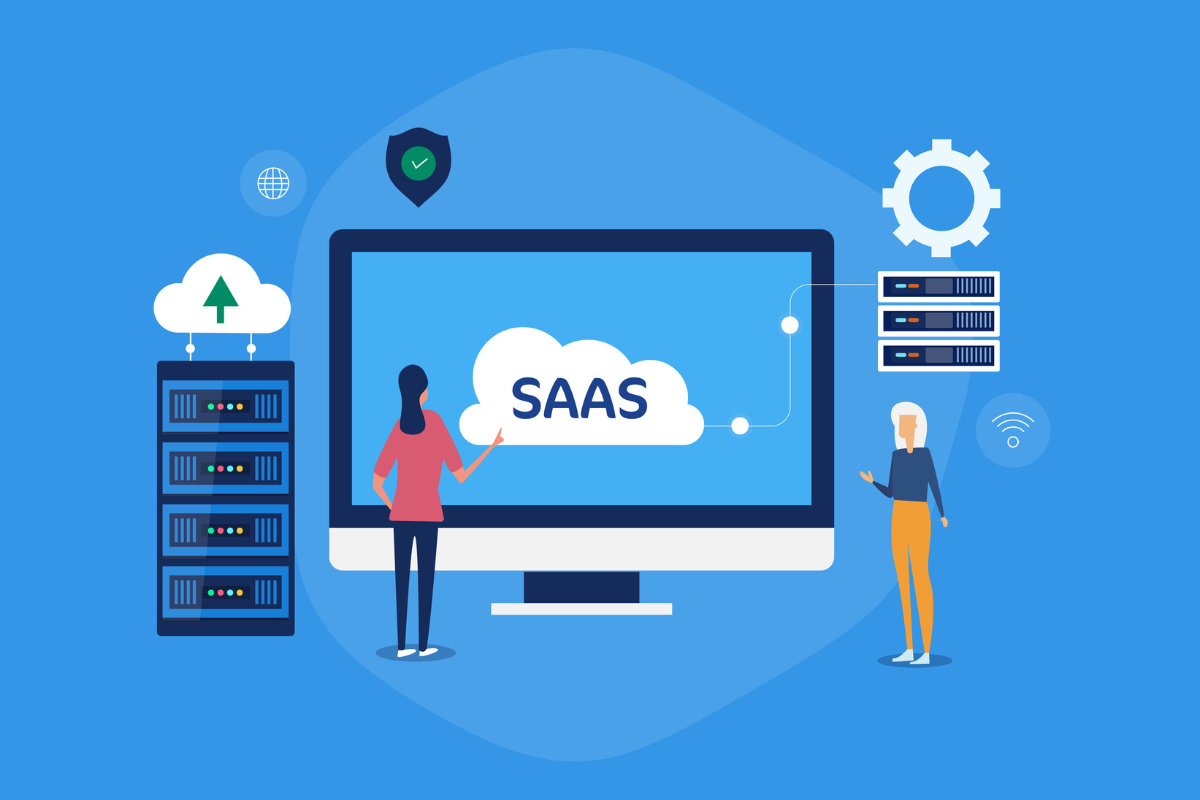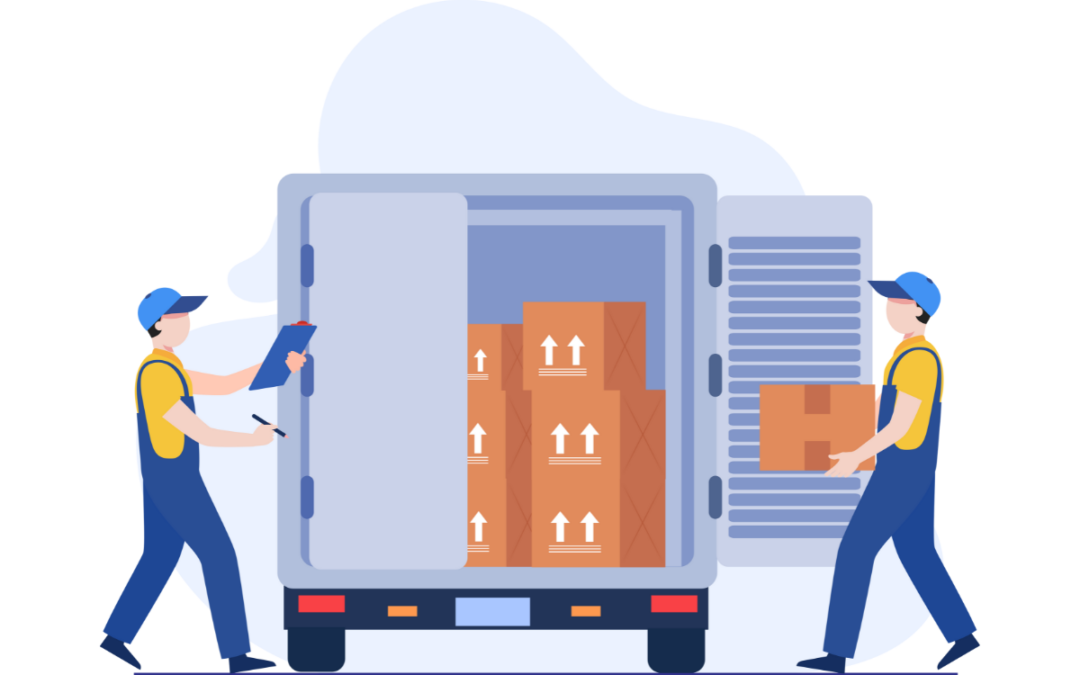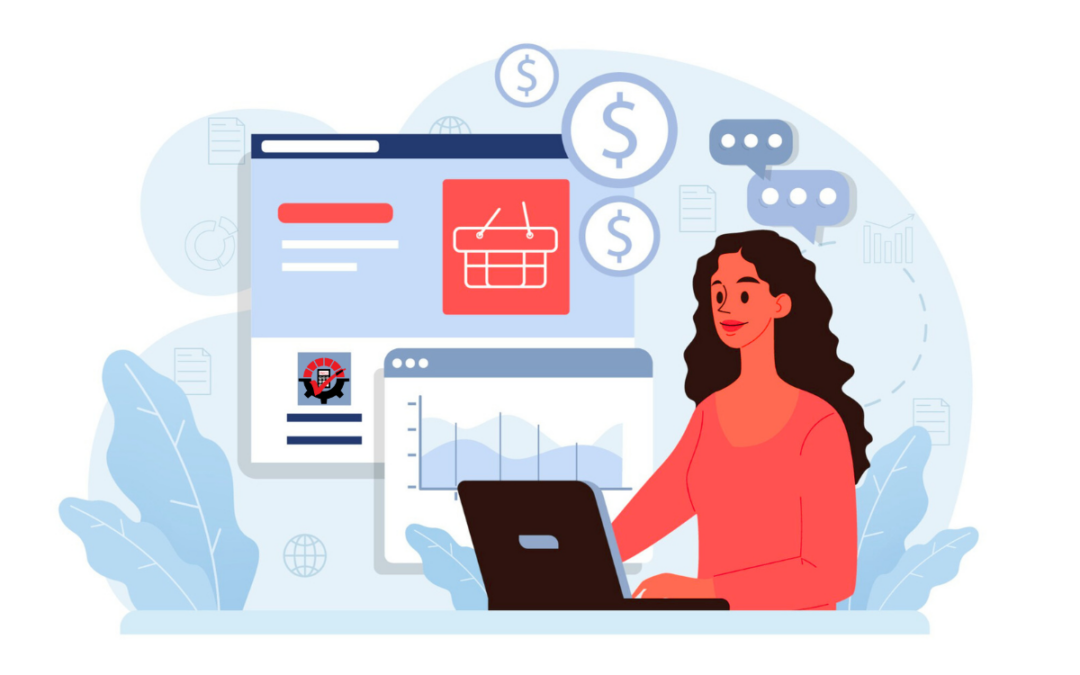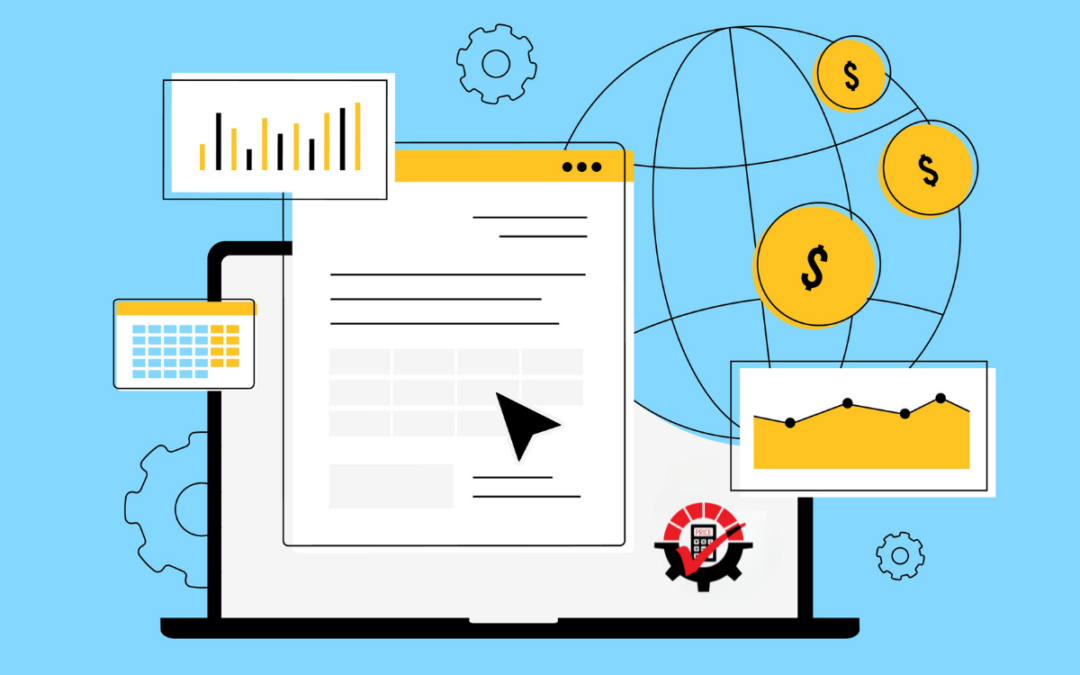Software as a Service (SaaS) companies offer a wide array of solutions that cater to the needs of businesses and individuals, ranging from project management to customer relationship management and beyond. One of the critical aspects that determine the success of a SaaS company is its pricing strategy. Choosing the right pricing model can impact customer acquisition, retention, and ultimately, the company’s bottom line. In this blog, we’ll explore some effective pricing models for SaaS companies to consider, and in turn, find the optimal strategy for their services.
Flat-Rate Pricing
Flat-rate pricing, also known as tiered pricing, is one of the most common pricing strategies employed by SaaS companies. This approach involves offering different packages at varying price points, each with a set of features that cater to different customer segments. For instance, a SaaS company might offer a basic package with essential features for small businesses, a mid-tier package with more advanced functionalities for medium-sized companies, and a premium package with comprehensive features for larger enterprises.
Pros:
-Appeals to a broad customer base by catering to various needs.
-Provides a clear upselling path as customers grow and require more features.
-Predictable revenue streams due to tier structure.
Cons:
-Requires constant monitoring and adjustment of tier features and limits.
-Can be complex if there are too many tiers to choose from.
Per-User Pricing
Per-user pricing is a straightforward model where customers are charged based on the number of users who will be accessing the software. This approach is particularly suitable for platforms where multiple users need access to the software to collaborate effectively.
Pros:
-Aligns pricing with actual usage.
-Easy to understand and calculate for customers.
-Encourages user adoption and engagement.
Cons:
-May discourage customer growth if they’re concerned about increasing costs.
-Can be challenging to implement if user roles and permissions vary significantly.
Usage-Based Pricing
Usage-based pricing, (aka pay-as-you-go pricing), is an increasingly popular model that charges customers based on their actual usage of the software. This strategy is well-suited for SaaS companies that offer services on a metered basis, such as cloud storage or data analytics. Customers are billed based on metrics like storage space used or data processed.
Pros:
-Transparent, as customers only pay for what they use.
-Attracts a wide range of customers, from small startups to large enterprises.
-Scalable for the customer’s needs.
Cons:
-Revenue can be unpredictable, making financial planning challenging.
-Some customers may be hesitant due to uncertainty about costs.
Freemium Model
With the freemium model, a customer is offered a basic version of the software for free. They are given the option to upgrade to a premium version, that has more advanced features, for a fee. This strategy is an effective way to attract a large user base, as customers can experience the value of the software before committing to a purchase.
Pros:
-Widens the customer base by attracting users who want to try before they buy.
-Encourages user engagement and brand loyalty.
-Provides a clear path for upselling premium features.
Cons:
-Requires careful balancing of free and premium features.
-Monetization relies on users upgrading.
Value-Based Pricing
Value-based pricing involves setting prices based on the perceived value that the software provides to customers. This strategy requires a deep understanding of the customer’s pain points, needs, and the benefits the software brings to their operations. SaaS companies employing this approach often work closely with customers to understand their challenges and tailor pricing accordingly.
Pros:
-Maximizes revenue by capturing the perceived value of the product.
-Attracts customers who see a clear return on investment (ROI).
-Can lead to higher customer satisfaction and loyalty.
Cons:
-Requires in-depth market research and customer segmentation.
-Can be complex to implement and communicate to customers.
Pricing Models for SaaS Companies: Which Strategy is Right for You?
Choosing the right pricing model for a SaaS company is a critical decision that can significantly impact success. The chosen model should align with the company’s offerings, target audience, and overall business objectives. Regularly evaluating and adjusting pricing models based on customer feedback and market dynamics is key to staying competitive and relevant in the ever-evolving SaaS landscape.





